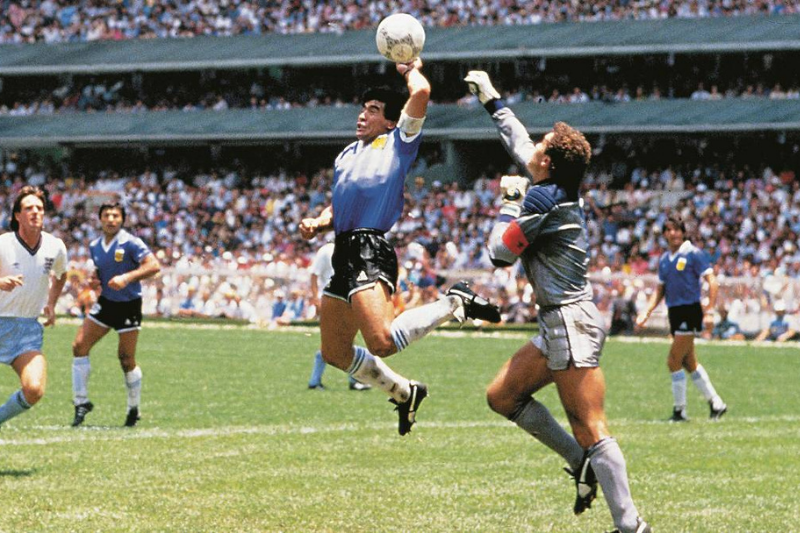With the rise of technological innovation, digitalisation is occurring in many sectors within the sports industry. From sports analytics to NFT trophies, read on to know more about the digital adoption of sports.
Digitalisation has been happening in the sports industry in recent years, affecting various internal sectors. It has developed the market at an international level through the elimination of barriers between athletes and fans, precision and instant calculation, and technological aesthetics.
One well known example of the impact of digital technology in sports is live streaming. Although this service has reduced the number of people coming to sports venues to watch games in person, it has actually helped with market expansion by allowing fans from all over the world to engage whenever they want. For example, the Premier League is shown in a total of 188 of the world’s 193 countries recognised by the United Nations.
But live streaming is only the tip of the iceberg considering the recent digital revolution of the sports industry. Read on to know more about the technological changes occurring in the business sector.
The Rise of Sports Analytics
Sabermetrics may sound familiar to those who have seen the film Moneyball or read the original novel. Based on statistics and precise calculations, the data analytic tool helps a baseball team find the most efficient way to win each game. It is capable of providing answers to both simple and complex questions, like ‘How do Major League (MLB) hitters fare on 1-2 counts, as opposed to 2-1?’ and ‘What makes this player valuable to his team?’ and ‘how much compensation do they deserve in their new contract?’
Because sabermetrics are heavily reliant on empirical research and data evaluation, sabermetricians were mocked and ignored by the League’s decision makers, who preferred the traditional way of making important calls based on feelings and personal experience, during the 1980s and early ‘90s. Its seizure of attention goes back to 2002, when the Boston Red Sox hired statistician Bill James as a consultant to help build an efficient, low-budget roster. As a result, the Red Sox won the World Series in 2004 and 2007.

Bill James, an American statistician well-known for his work on sabermetrics
Today, sabermetrics are ubiquitous in the baseball world. Sabermetrics are now not only used in the MLB, but also in Nippon Professional Baseball (NPB) of Japan and the Korea Baseball Association (KBO). Similar technologies are being developed and implemented in other sports too. The owner of the English Premier League football club Brentford F.C. Matthew Benham brought data analytic culture to the team when he saved it from bankruptcy in 2012. Ever since, the club has been successful in the long-term, being promoted to the English Premier League for the first time in 74 years in 2021 and having the best results in the club’s history.
Digital Referees
‘Bad calls are all part of the game’. This statement has brought rage and frustration to many fans of different sports all around the world. From Maradona’s famous Hand of God goal to Frank Lampard’s disallowed goal against Germany in the 2010 World Cup, there were several moments in the history of international sports where things may have gone differently without the involvement of widely disputed calls by some referees.

Diego Maradona’s famous Hand of God goal in the 1986 World Cup
However, with the rise of digitalisation in the sporting industry, many organisations have adopted technologies that will help make fair and precise decisions. One of the well-known tools is the Video Assistant Referee (VAR). When there is a close call that may easily be missed by the head referee on the field, the supporting match official in the VAR room will instantly go through the replay and let the head referee know about the situation.
The more traditional relevant technology is the Hawk-Eye, a computer vision system that helps track the trajectory of a ball, mostly known for its use in tennis. It uses six or more cameras from different angles to produce an accurate 3D representation of the ball path. The digital adoption of sports is making positive changes in the industry, aiming to create a fair, accurate environment.

NFT Trophies
The digital revolution of the sports industry is not only changing the way each game is played or viewed, but also affecting areas outside of the game itself. Celebrations are irreplaceable and perhaps the most memorable moments for athletes and fans. Thanks to technological innovations, those invaluable times are now celebrated in unique ways.
The world’s first NFT (non-fungible token) trophy awarded to Patrik Schick for scoring the best goal in the Euro 2020 Tournament is a great example that displays the industry’s digital adoption. Designed by Russian calligrafuturism artist Pokras Lampas with the support of Gazprom, the award illustrates the harmony of sports, high technology, and art.

NFT Trophy given to Schick from goalofthetournament.com
Regarding the trophy, the awardee Schick said “I am very proud to be the first in the history of football to receive this kind of trophy. To be honest I have never seen something like this before.”
Similarly, Magnus Carlsen was given an NFT trophy after winning the Meltwater Champions Chess Tour 2021. The Norwegian Chess Grandmaster had revealed his interest in crypto earlier and showed great appreciation of the award after winning the title.
“NFTs help the chess community celebrate great moments and possibly also reward those that have already invested so much time in growing the game. With Chess Champs, this is just getting started and I look forward to seeing it evolve,” Carlsen said.
With the Beijing Winter Olympics and the Qatar World Cup coming up in 2022, the adoption of new digital trends in the sports industry have become a focal point for fans globally.
Related Articles






